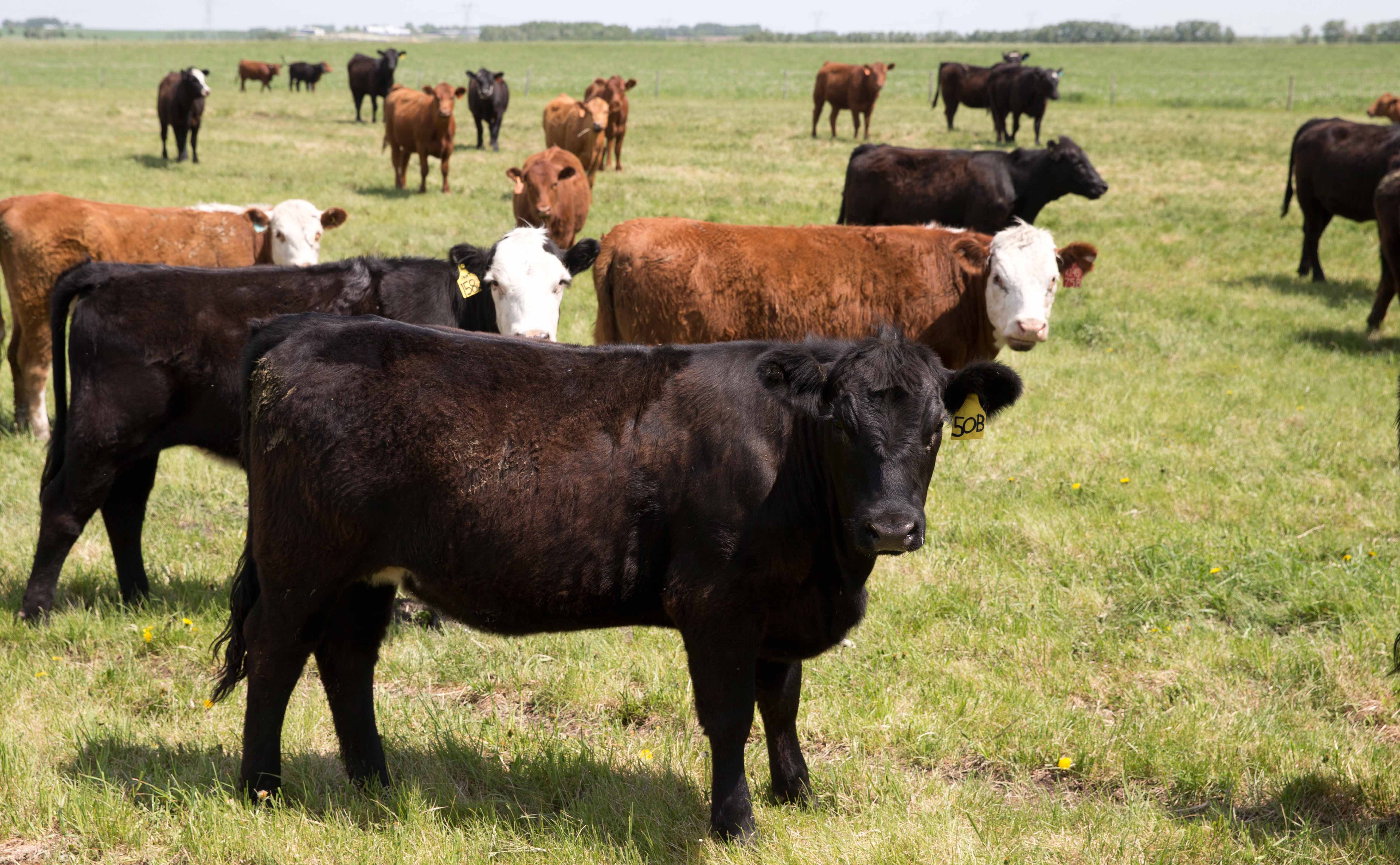Government Bill to Alter Grazing Fees on Public Lands

Worried about the potential for new U.S. tariffs on Canadian cattle, the Alberta government wants to change how ranchers pay to lease public land for grazing
by Janet French – PostMedia
On Tuesday at the legislature, Environment and Parks Minister Jason Nixon introduced Bill 16, the Public Lands Modernization Amendment Act, which would increase the annual fees an average rancher pays for cattle, sheep or horses to munch away on Crown land vegetation. The fees have been frozen since 1994, and the formula to calculate them originated in the 1960s.
“Nobody likes to pay more, but they also recognize that the increase in rental rates compared to the cost of a trade action is very small”
“Nobody likes to pay more, but they also recognize that the increase in rental rates compared to the cost of a trade action is very small,” Rich Smith, executive director of Alberta Beef Producers, said on Tuesday.
In 1999, a U.S. commerce department countervailing duty investigation pointed to the frozen grazing rates as a potential subsidy to ranchers.
The U.S. could impose new duties on Canadian beef, potentially costing the industry hundreds of millions of dollars a year, Smith said.
Beef industry representatives and ranchers have been asking for changes to the fee system for more than a decade, said Kyle Forbes, chairman of the Alberta Grazing Leaseholders Association, on Tuesday.
Forbes ranches about 24,000 acres near Suffield, about 40 kilometres northwest of Medicine Hat. He leases about 40 per cent of the land from the province.
“Being that the system hasn’t been updated in so many years, as an industry, we felt it was time we got out in front of some of these things and had our voice heard,” Forbes said. “The best policy is ultimately made by the people who are directly affected by that policy.”
CHANGES WOULD BE PHASED IN
If Bill 16 is passed, the Alberta government would phase in new fee rates over five years, beginning in January 2020, to ease financial shocks.
The government is proposing to use a new formula to calculate the fees that would see lease rates rise and fall with market fluctuations.
If cattle prices are high, the change could funnel millions more dollars each year into the provincial treasury.
The proposed new rates would also divide the province into two zones — the northern boreal forest and southern prairie — with lease rates in the south being more expensive.
The proposed changes would also introduce a flat fee for when leased land changes hands.
Nixon said Tuesday the changes would also ensure Albertans receive a fair price for the lease of public land.
The legislation does not address a 2015 auditor general’s report that found leaseholders are collecting land use fees the oil and gas industry pays to access public land.
In 2019, the provincial government collected about $2.9 million in fees from leaseholders. If the new fee structure was fully in place, government would have received $4.9 million this year, officials told reporters at a Tuesday technical briefing.
The bill would also remove outdated references to “homesteading” in the Public Lands Act.
The government also wants to switch how it allots the fee revenue. A minimum of $2.9 million would go into the province’s general revenue fund. Thirty per cent of any additional fees collected would be funnelled into another fund for protecting ranchland.
About five per cent of Alberta’s public land is used for grazing leases, which is about 6.1 million acres. The leased land produces about 14 per cent of cattle forage each year.












